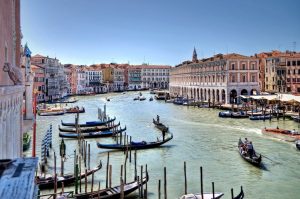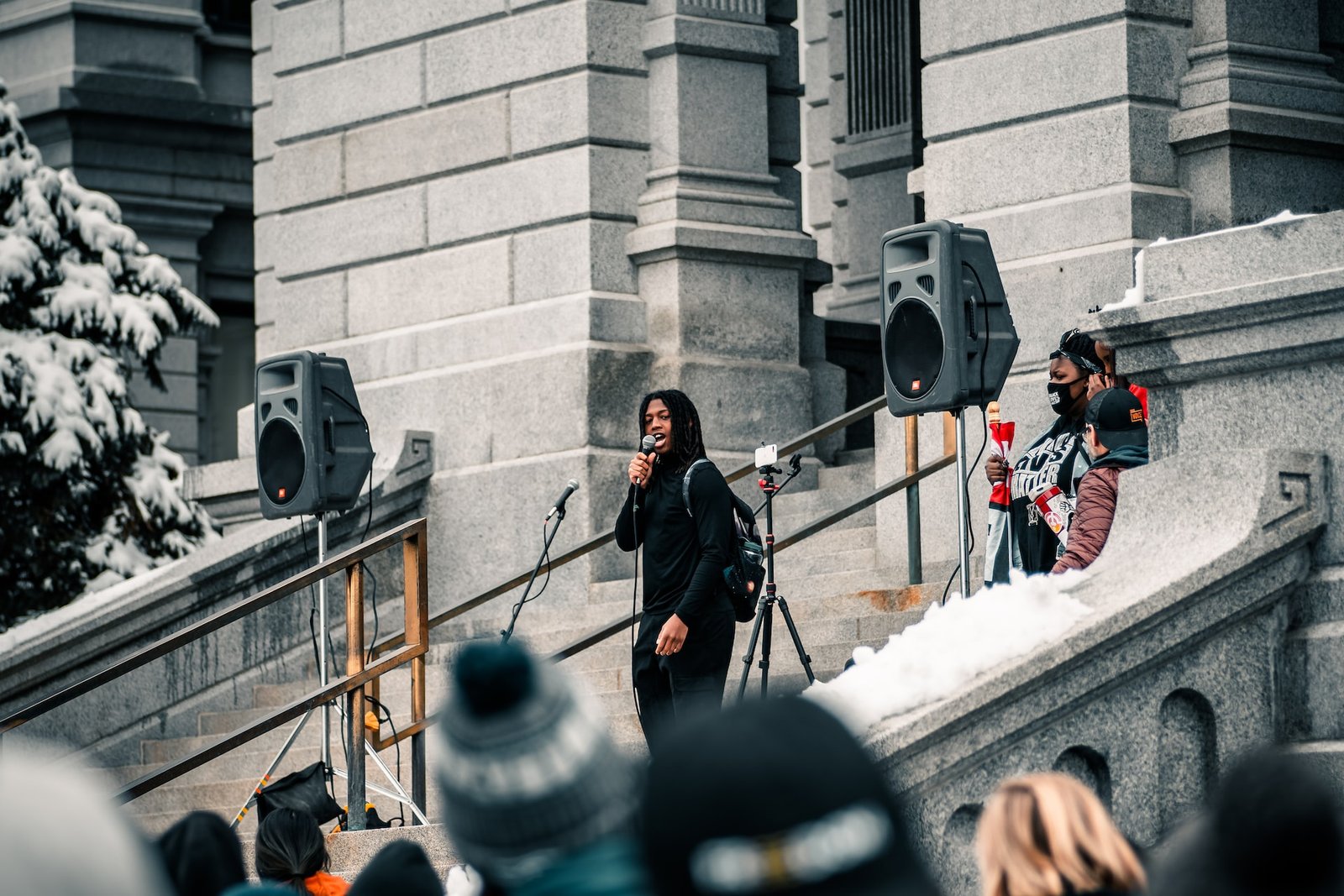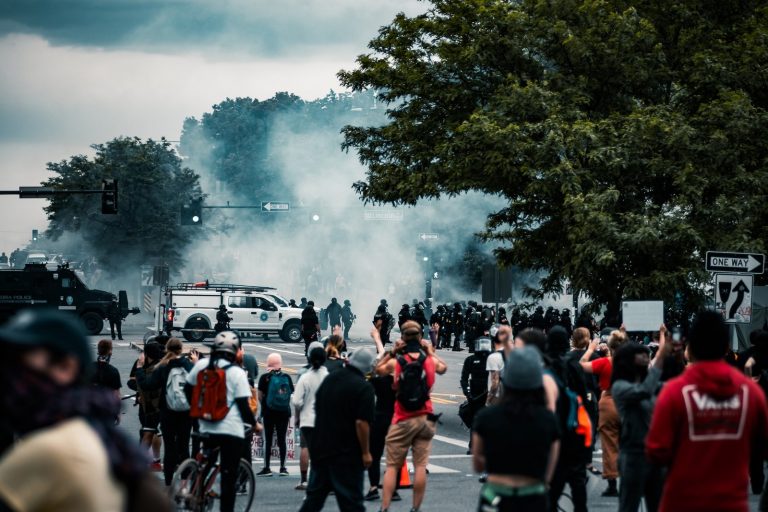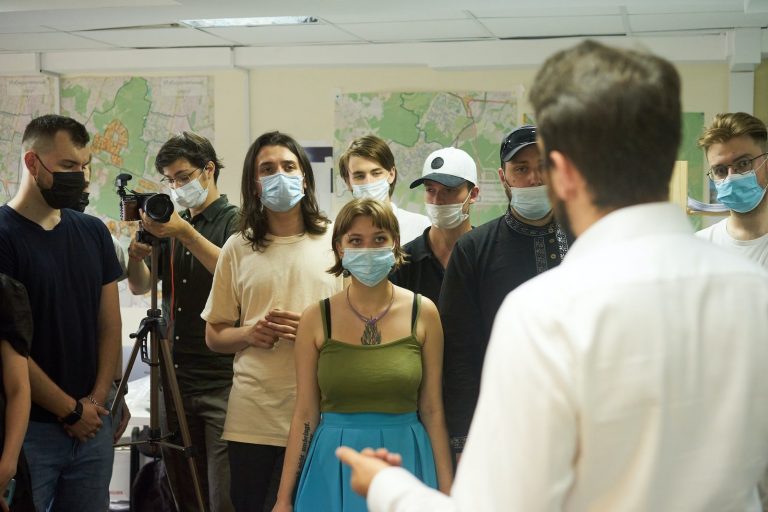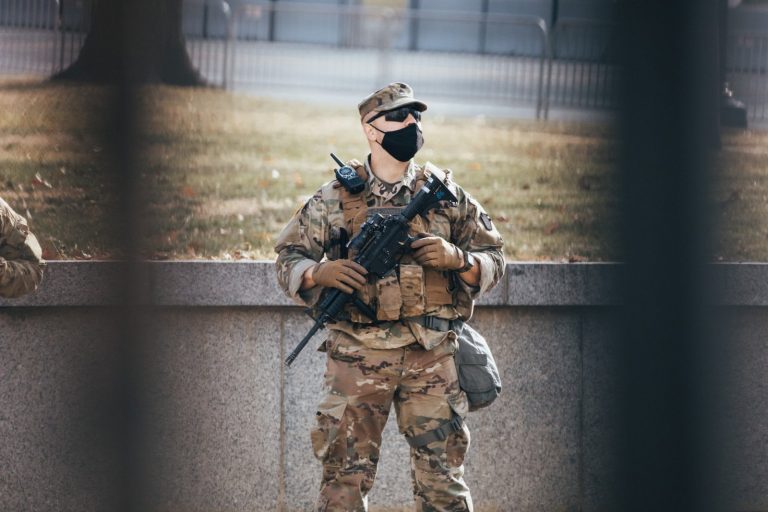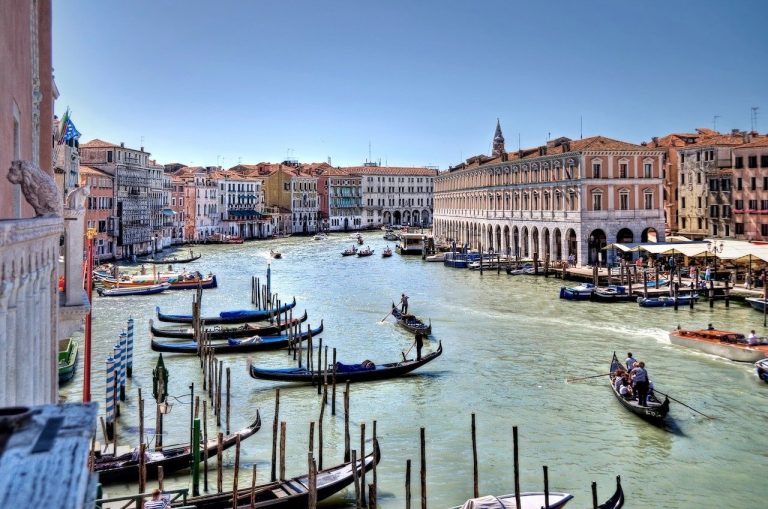The question of whether Nepali politics can be considered postmodernist is an intriguing one, as it touches on both the complex dynamics of Nepali politics and the philosophical framework of postmodernism. To answer this question, we must first explore what postmodernism entails and then assess whether these elements are visible in the context of Nepali politics.
What is Postmodernism?
Postmodernism is a broad intellectual movement that emerged in the late 20th century, characterized by skepticism toward grand narratives, absolute truths, and ideologies. It questions the very nature of truth, reality, and knowledge, arguing that all ideas are socially constructed and context-dependent. Key features of postmodernism include:
- Relativism: The idea that truth is subjective and varies based on individual or cultural perspectives.
- Deconstruction: Analyzing and breaking down established ideologies and norms to expose contradictions and assumptions.
- Pluralism: Emphasizing diversity and the coexistence of different views, ideologies, and cultural expressions.
- Irony and Playfulness: Challenging the seriousness and rigid structures of earlier political, cultural, and social norms.
When we apply these concepts to Nepali politics, we can consider whether these characteristics align with how political structures, ideologies, and movements function in Nepal.
Nepali Politics: Historical Context
Nepal’s political history is marked by dramatic shifts, from the monarchical system to democracy to republicanism. A brief outline of the political landscape includes:
- Monarchy and the Panchayat System (1960–1990): A period of authoritarian rule under King Mahendra, followed by a gradual push for democracy.
- People’s Movement (1990): The monarchy was dethroned, and Nepal transitioned to a multi-party democracy.
- Maoist Insurgency (1996–2006): A decade-long conflict that eventually led to the abolition of the monarchy.
- Republic of Nepal (2008–present): A transition to a republic after the monarchy was formally abolished in 2008, followed by the adoption of a new constitution in 2015.
This dynamic history suggests that Nepali politics is in constant flux, with competing ideologies, transitions, and power struggles playing out across the decades.
Postmodernism in Nepali Politics: A Complex Relationship
To assess whether Nepali politics can be considered postmodernist, we need to explore several aspects:
1. Political Pluralism and Fragmentation
Nepali politics is characterized by high political fragmentation. Political parties often emerge, dissolve, or form new coalitions based on shifting alliances, ideologies, and interests. The frequent realignment of parties—such as the formation of the Communist Party of Nepal (Unified Marxist-Leninist) (CPN-UML), the Nepali Congress, and the Maoist Centre—reflects a fluid political landscape. This ever-changing dynamic aligns with postmodernism’s emphasis on pluralism and the rejection of fixed ideologies.
- Postmodernist Element: The constant fragmentation and recombination of political forces challenge any monolithic political ideology, instead reflecting the postmodern view that political identity and ideology are fluid and context-dependent.
2. Relativism and Ideological Confusion
Nepali politics has seen ideological shifts, with parties sometimes moving between left-wing and right-wing policies depending on political convenience or coalition politics. The Maoists, once radical revolutionaries, entered mainstream politics and embraced the democratic process, while conservative parties have occasionally adopted more progressive stances to maintain their relevance. This ideological flexibility and lack of fixed ideological commitments can be seen as reflecting postmodern relativism, where political truth is not absolute but contingent on current circumstances.
- Postmodernist Element: The fluidity of ideologies and the frequent blurring of political lines point to a postmodern political environment, where ideologies are negotiable and situational rather than permanent.
3. Deconstruction of Grand Narratives
Nepali politics has undergone significant transformations, particularly the end of the monarchy and the establishment of a republic. These shifts challenge the traditional narratives of Nepali identity and governance. The abolition of the monarchy in 2008 marked a profound rupture with Nepal’s past, with the political elite deconstructing the monarchial narrative of the state’s legitimacy. The Maoist insurgency and the transition to republicanism itself can be seen as an attempt to deconstruct the grand narrative of monarchy and state authority.
- Postmodernist Element: The deconstruction of old structures, symbols, and narratives to make space for new political possibilities is a quintessential postmodern move. It suggests a questioning of historical truths and a move toward more localized and fragmented understandings of governance.
4. Irony, Playfulness, and Political Theater
Nepali politics also often reflects a sense of irony and theatricality. Politicians frequently engage in dramatic gestures, whether it’s the street protests of the Madhesi community, the “dharna” (sit-ins) by opposition parties, or the political promises that often feel disconnected from actual governance. The use of symbolic gestures (such as waving the national flag or staging protests) can sometimes appear more like political theater than substantive policymaking.
- Postmodernist Element: The political spectacle and the ironic disconnect between political promises and reality are reminiscent of postmodernism’s critique of grand, serious political systems. Political life in Nepal often seems like a performance, with an emphasis on appearance and image rather than genuine ideological commitment.
5. Media Influence and the Politics of Representation
In the digital age, media plays a pivotal role in shaping political discourse. Nepali politics is heavily influenced by social media, where fragmented narratives, memes, and short videos replace traditional political speeches and debates. The idea of post-truth politics—where emotional appeal often overrides factual accuracy—has also been evident in Nepal, with political discourse frequently dominated by populist leaders who appeal to sentiment rather than logic or reason.
- Postmodernist Element: The manipulation of media and representation in Nepali politics aligns with postmodern critiques of how truth is constructed and consumed. In a postmodern world, truth is relative, and the role of the media in creating and disseminating political narratives reinforces the idea that reality is subjective.
Conclusion: Is Nepali Politics Postmodernist?
While Nepali politics exhibits certain features that align with postmodernism—particularly in terms of ideological fluidity, media influence, and the deconstruction of grand narratives—it is not fully postmodern in the philosophical sense. Nepali politics, like many other contemporary political systems, is a complex mix of modern and postmodern elements.
Nepal’s political landscape is still shaped by traditional power structures, including ethnic identity politics, regionalism, and a desire for stability amid shifting alliances. Although postmodern characteristics are evident, Nepali politics is still deeply rooted in the real-world concerns of social justice, economic development, and ethnic inclusion, which cannot be easily dismissed as mere performances or contradictions.
Thus, while Nepali politics shows postmodernist traits, it cannot be entirely described as postmodern. Instead, it remains a hybrid—a mixture of modern struggles for national identity, traditional governance, and postmodern challenges to power, truth, and ideology.


